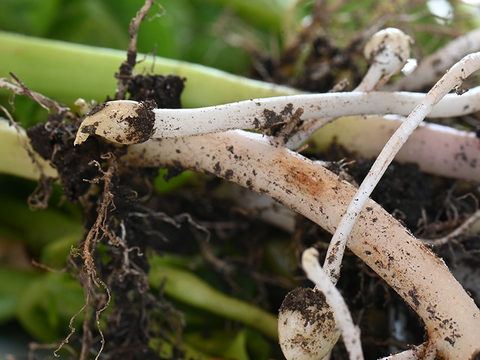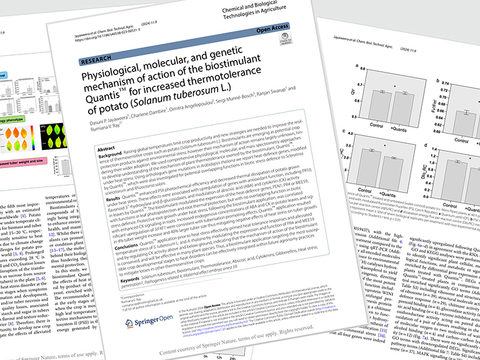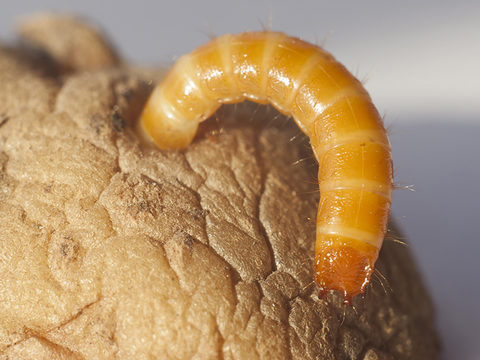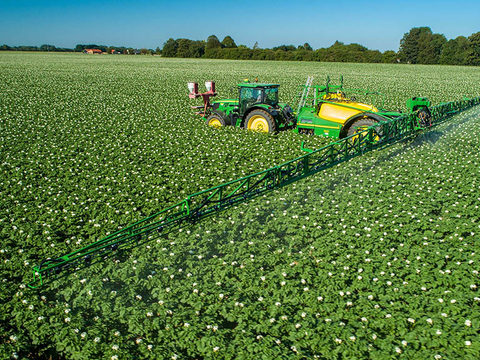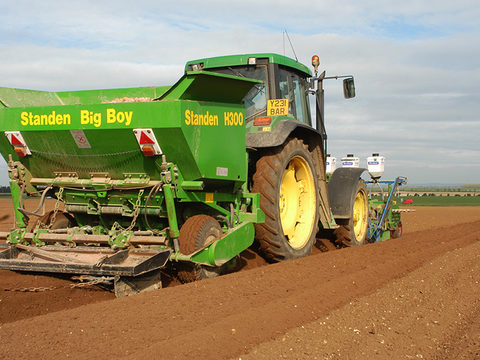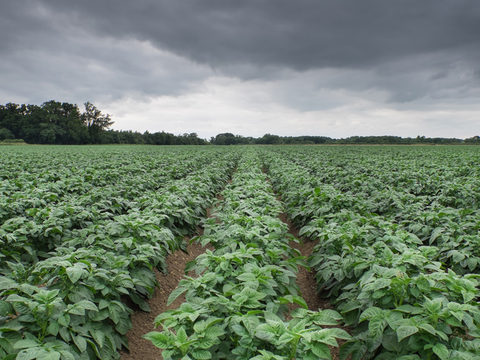PCN IPM Strategies
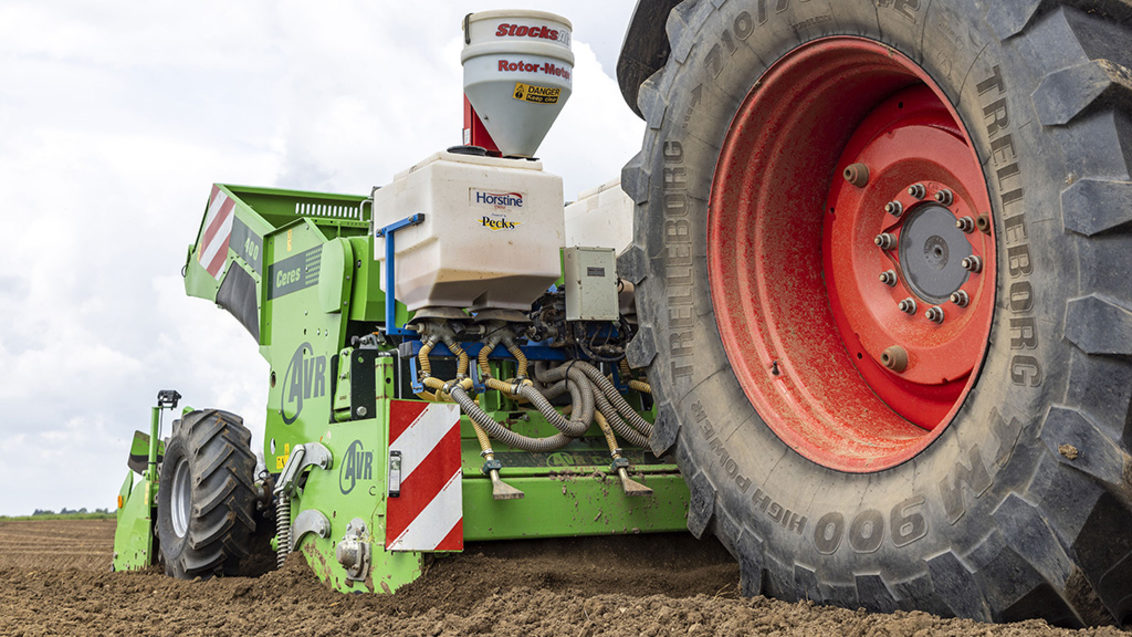
Potato cyst nematodes (PCN) cost the potato industry over £30 million year as a result of lost yield, limiting tuber numbers, reduction in quality and ongoing management costs.
Almost half of all land use for growing ware crops (48%) is now infested, according to academics involved with the new PCN forum.
Growers and agronomists are increasingly looking at Integrated Pest Management (IPM) techniques in a bid to halt the continued spread of PCN.
The challenge has been exacerbated by the dominance of the more difficult to control PCN species, Globoderra pallida, now present in 95% of populations.
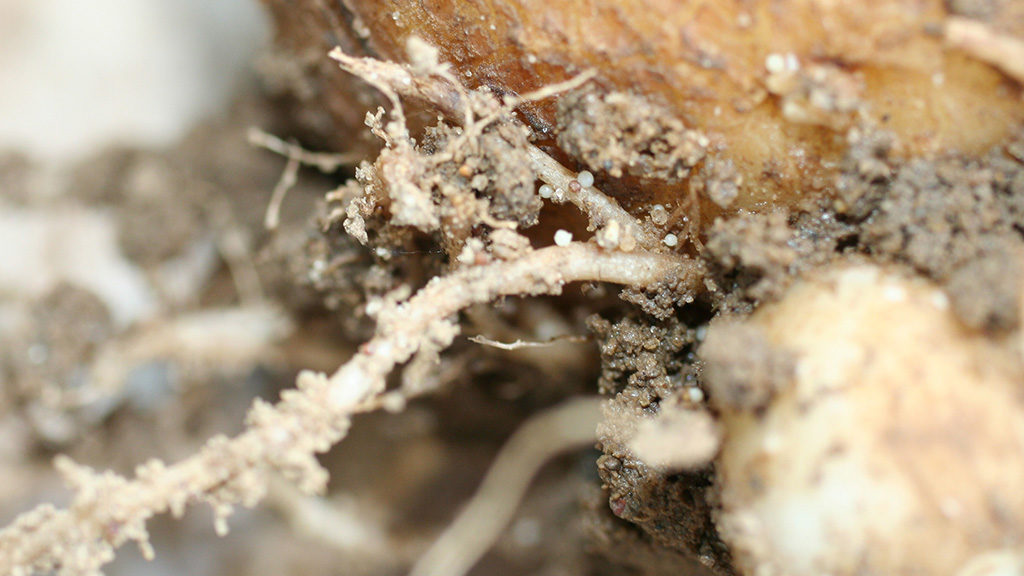
G.pallida has created greater issues since it effectively survives longer as viable dormant cysts between potato crops in the rotation; the hatch of juveniles is prolonged through the spring and the most commonly grown commercially viable varieties have offered little or no resistance or tolerance to the species.
Used as part of an IPM strategy Nemathorin offers key elements to enhance overall results, according to Andy Cunningham, Syngenta Technical Manager. “It is essential to get control where growers are looking to protect crop yield, even with varieties that exhibit PCN resistance, but not tolerance,” he advised. Trials have also shown that varietal tolerance can be variably affected by multiple environmental factors.

He advocates that Nemathorin is especially suitable against G. pallida, since it gives a longer duration in the soil at sufficient concentration to control later emerging juveniles.
“It remains crucial for growers to use Nemathorin as part of their overall IPM strategy, along with as many cultural practices as is practicable for their system.”
Industry leading nematologist, Dr Matt Back of Harper Adams University, has reported yield losses of up to 80%, with further issues of juvenile nematode damage to roots creating entry points for soil pathogens such as Verticillium wilt. Associated Rhizoctonia issues can also be exacerbated where damaged roots release sugars that further attract PCN.
Root damage by Rhizoctonia solani leads to a reduced marketable fraction of crop (see Soil pathogen clean up) and an increase in greened tubers, he warned – with the costs of PCN damage going beyond the impact of yield loss alone.
Wireworm target
Reports of serious tuber damage from wireworm are more widespread than ever, particularly in arable rotations - where grass weeds and ecological habitat areas, reduced seed treatments and fewer cultivations through the rotation are all believed to contribute to greater larvae pest pressure.
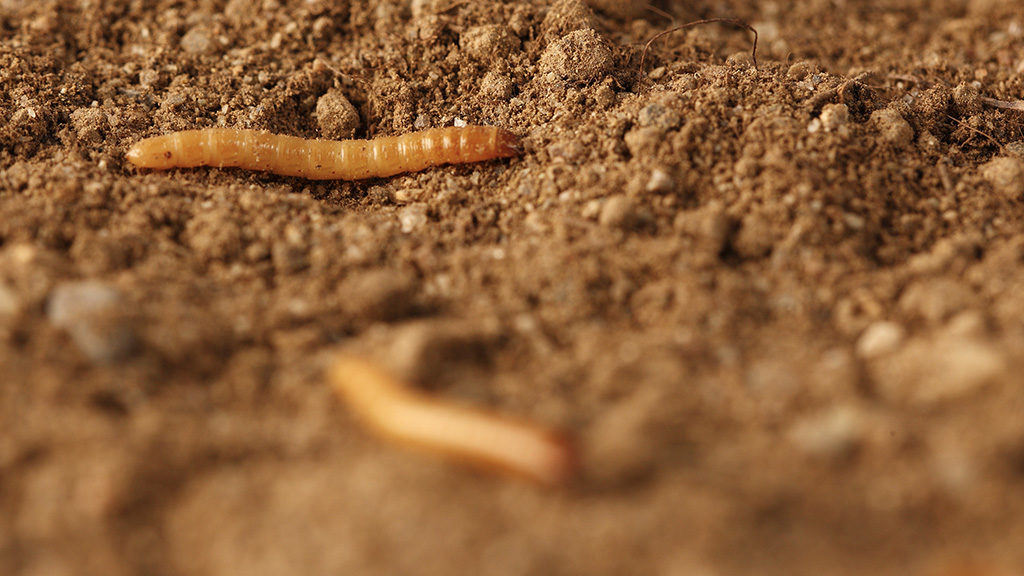
Growers can utilise Nemathorin applied at 15kg/ha specifically to target wireworm, or get the beneficial effects from the full 30 kg/ha rate where PCN are being treated.
Previous trials in the UK have shown Nemathorin was equally as effective, or better, than other nematicides that were available at the time and often only used in preference for economic cost.
New Syngenta research continues to evaluate insecticide options currently in the UK product regulatory pipeline.
Nemathorin Calibration Offer
Andy Cunningham urges growers to take advantage of the Nemathorin Calibration Offer, available through the Syngenta Partnership Plan scheme, to ensure equipment is ready for planting time, and to always follow the best practices promoted by the Nematicide Stewardship Scheme.
